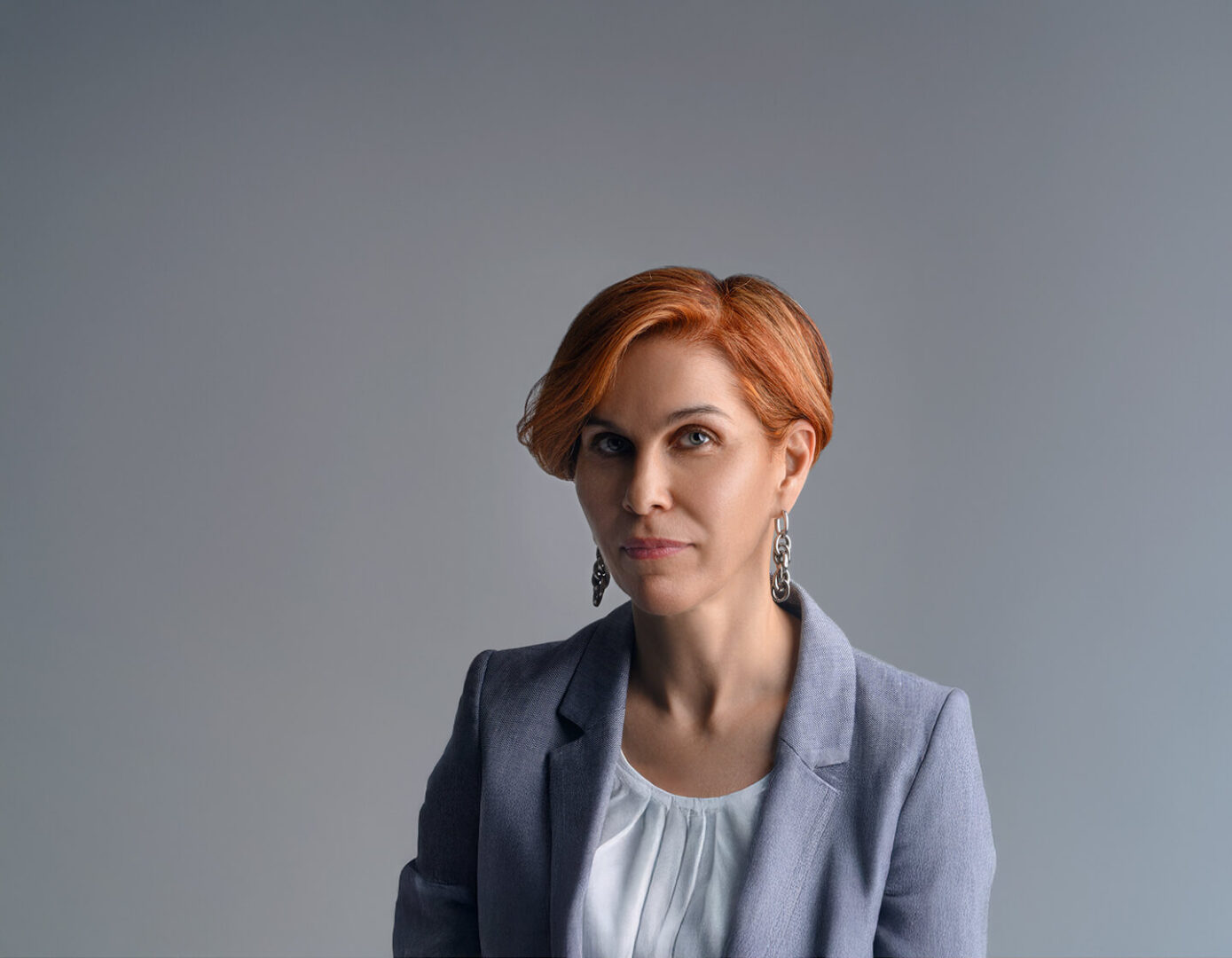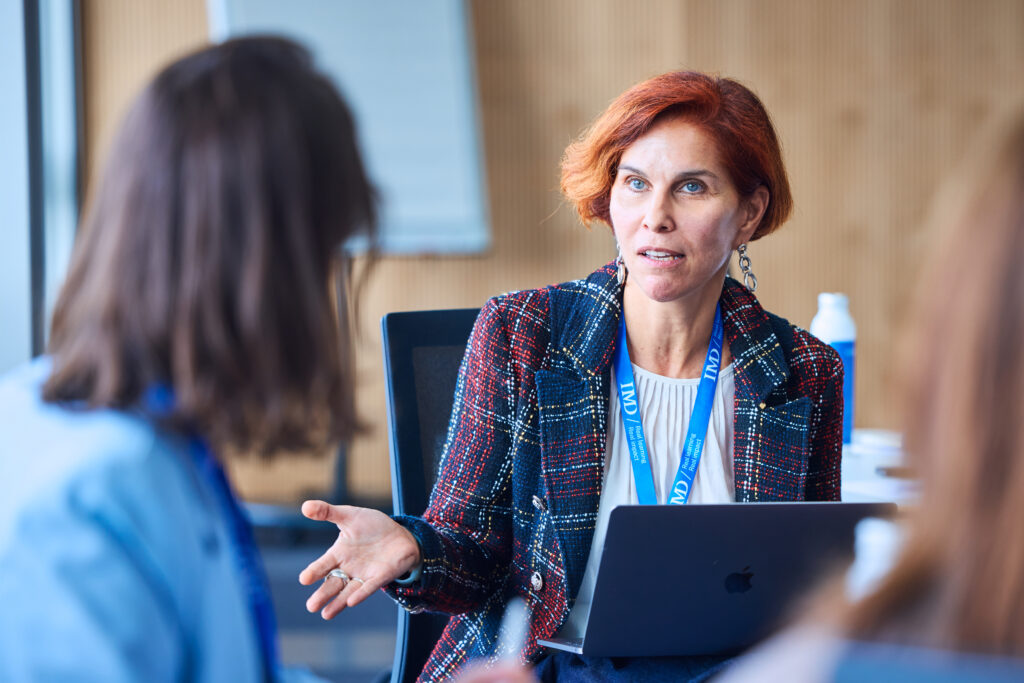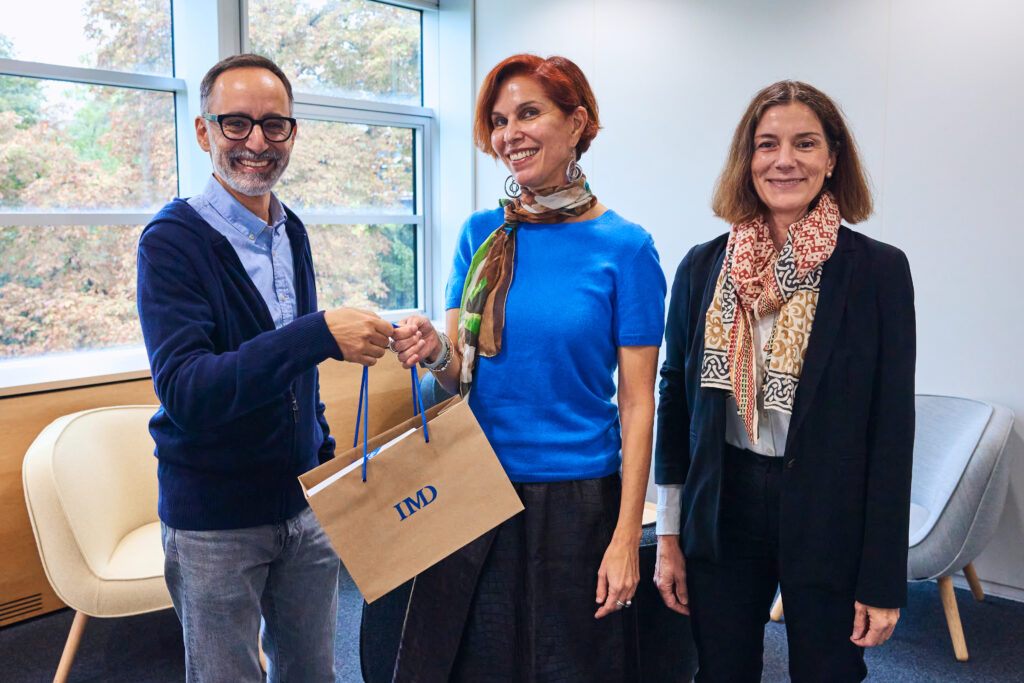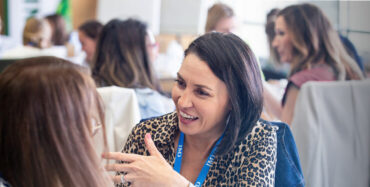
Peeking over the gate
Jelena Laketić gravitated towards a career in technology from a young age – not because it was fashionable, but because it felt like where she belonged. “I was in tech before it was cool,” she says. “I didn’t choose it because it was going somewhere.”
That sense of belonging evolved into a career defined by scale. Over more than two decades at UBS and Thomson Reuters, she led enterprise-wide transformations touching thousands of engineers, drove AI adoption, and was nominated as a Distinguished Engineer for combining technical depth with strategic vision. “I’ve always loved scale,” she says. “That’s where real transformation happens.”
But for all her experience shaping strategy and advising senior leaders, one space still felt beyond reach: the boardroom. “Boards are like this secret garden,” she says. “Nobody really talks about how it works, but people are getting their positions on boards, and nobody shares how. I really wanted to demystify it.”
So, when Laketić discovered IMD’s Women on Boards program, designed and directed by Professor Jennifer Jordan, she saw a chance to finally understand what happens behind those closed doors.
A full-circle experience
The Women on Boards program didn’t hand Laketić a map from the get-go. Instead, it revealed the territory gradually, each session building on the last.
The pace was intense; only two days, but packed with real learning. It began with the essentials: feedback on her CV, an introduction to board structures, and discussions with women already serving as directors.
“I gained extremely practical, actionable strategies from very competent people on how to translate my executive career experience into board-appropriate value proposition,” Laketić reflects. “I also understood better the theory behind boards and what I need to understand about them to assess if they’re a good fit for me.”

Then, the program shifted into something unexpected.
They moved into exercises led by actresses from Dramatic Resources – breathing, body language, physical presence, expressing emotion. The group worked on synchronization drills, repeating each other’s movements and building patterns, watching for the smallest cues. They practiced storytelling, distilling one woman’s entire career into five words, then retelling it as a fairy tale.
At first, she didn’t know what to make of it, but the impact surprised her.
“It’s not just about what you’re saying, but aligning what you’re saying and how your body behaves, how your voice is, everything. It was really powerful.”
Then came the exercise that pushed everyone furthest: elevator pitches in small groups with real-time feedback. It was confronting work, and forced her to rethink how she presented herself. For someone used to leading through expertise, articulating personal value in just a few sentences felt surprisingly challenging.
“It was horrible actually, really uncomfortable,” she laughs, “but it was really important. It confirmed once again how important is to be who you are, competent and confident, when pitching your value.”
What struck her most, though, was the energy in the room. “The women were so strong and open,” she recalls. “It felt like a space where I could think, speak, and just be.” That shared momentum made the final mock board interviews feel like the culmination of something bigger – a journey that started with self-awareness and ended with conviction.
The fundamental shift
On the first night, Laketić couldn’t stop thinking about the day’s exercises; the discomfort, the feedback, how to reframe her executive narrative. The next morning, something clicked. She woke up with a sense of clarity that bordered on urgency.
“I realized I needed to step it up,” she says. “Not because I wasn’t good enough, but because I could do it better, and differently.”
It wasn’t about learning new frameworks or rules of governance. It was about recognizing that presence and influence at board level demand a different kind of readiness; one that requires repositioning your executive value for board impact.
A room full of power
For Laketić, some of the most valuable learning came from the women sitting beside her. The group was small and carefully curated: senior executives from industries including banking, energy, law, and healthcare, each bringing depth and perspective.
“Normally, in a meeting, you have one woman like that; one super senior, super strong woman,” she says. “But here, the room was full of them.”
That concentration of experience created a rare kind of chemistry. There was no competition, only openness and exchange. Conversations moved easily from governance frameworks to confidence, imposter syndrome, and influence. “You could see the group was chosen intentionally,” she recalls. “Everyone brought a different background, but the same level of energy and expertise.”
These are the women, she adds, she’d want to sit on a board with one day; peers who challenge, support, and expect excellence from each other.

Why women need to do it differently
Being surrounded by so many accomplished women also reinforced something Laketić had long suspected: that women often reach leadership through a different path – one built on preparation, purpose, and mutual support rather than chance.
Throughout her career, Laketić had observed that men and women often take different routes to leadership. When she’d ask men how they got on boards, the answer was always casual: a dinner, a conversation. “They didn’t do any education. They didn’t do any programs.”
For women, she believes it’s different. “I think women need to be ten times better than men to get there. That’s why we need to build our own support network in our own way.”
Rather than viewing that as a disadvantage, Laketić sees it as an opportunity to reshape how leadership evolves. At UBS, she founded the Women in Tech Network to connect women engineers, analysts, and leaders across career stages. What started as a lively internal community grew into a powerful network that provided external visibility for UBS’s women in tech through student fairs, conferences and programming workshops.
That drive to create space for women’s voices goes beyond the corporate world. For nearly two decades, she has hosted Gimme a Beat on Switzerland’s independent feminist station, Radio LoRa – one of Europe’s oldest community broadcasters founded by women fighting for equality in the 1980s. Each episode spotlights women artists and their influence on art and culture. “Visibility matters,” Laketić says. “When women take the microphone, literally or metaphorically, others start to believe they can, too.”
Looking ahead
For Laketić, the months ahead are about readiness, not rush. She’s continuing to fine-tune her board profile and voice, drawing on the lessons of the program to stay intentional and prepared.
She plans to stay close to the IMD community through its mentoring network, learning from directors who’ve already made the leap while offering her own experience in return.
When the right board opportunity comes, she wants it to align with her values: technology, integrity and inclusion.
The 1,000th door opens
Laketić’s participation in Women on Boards marked a special milestone, as she was the 1,000th participant to take part in IMD’s board programs in 2025; a fitting marker for someone so passionate about helping other women advance.

For her, the moment felt symbolic. “It felt like validation,” she says. “It showed me I was going in the right direction.”
It also represented something larger: proof that the “secret garden” of the boardroom, is opening, not just for her, but for a growing community of women determined to make their voices heard.


